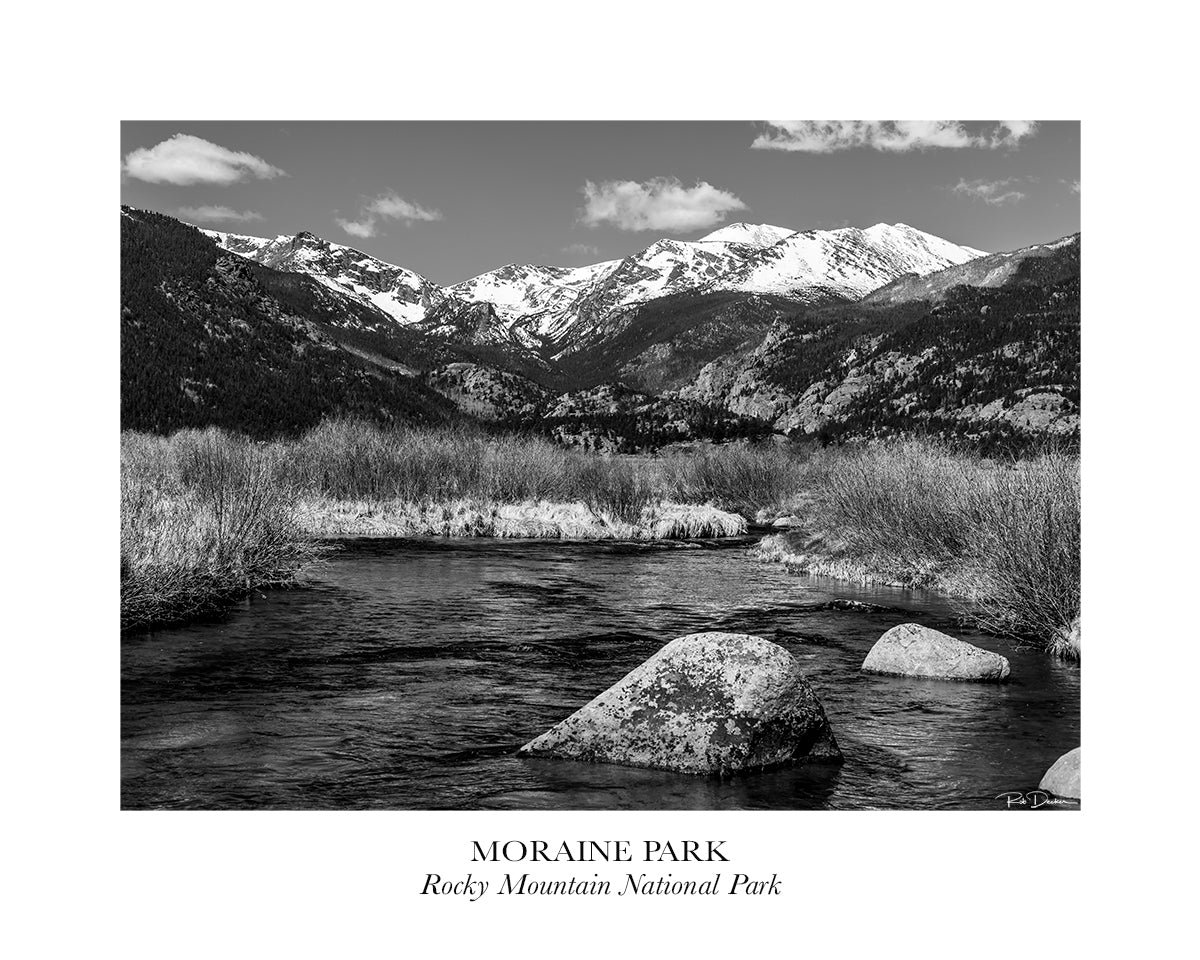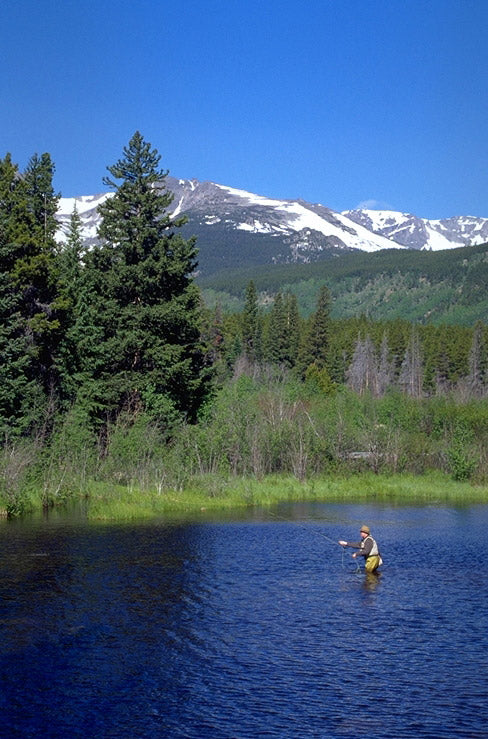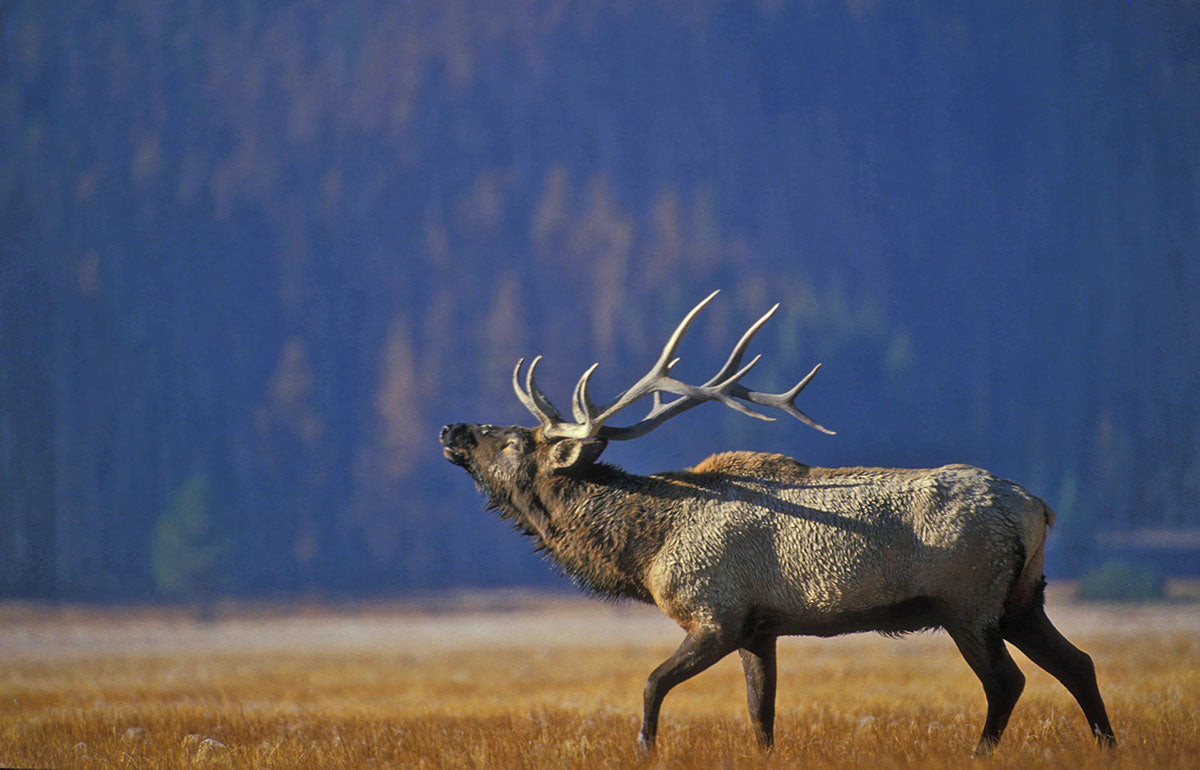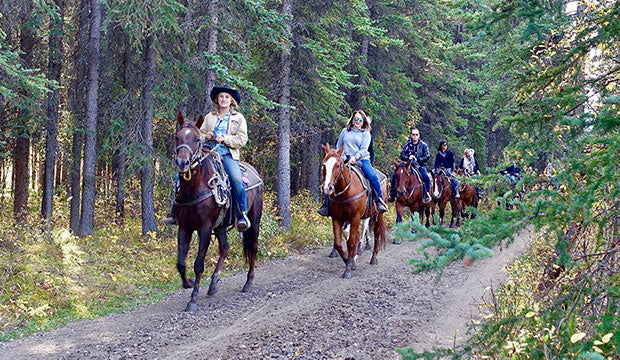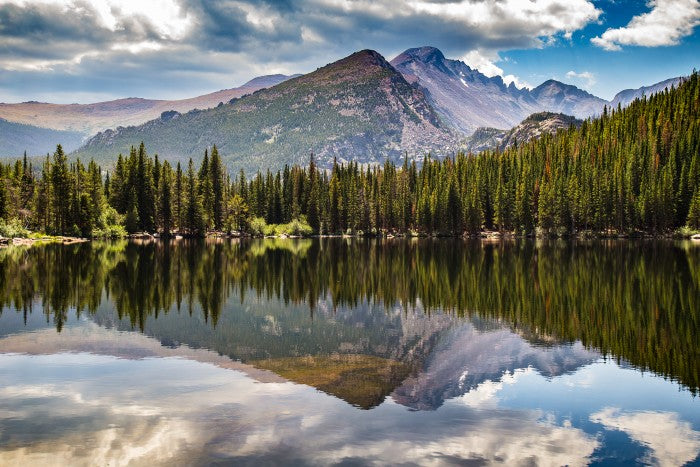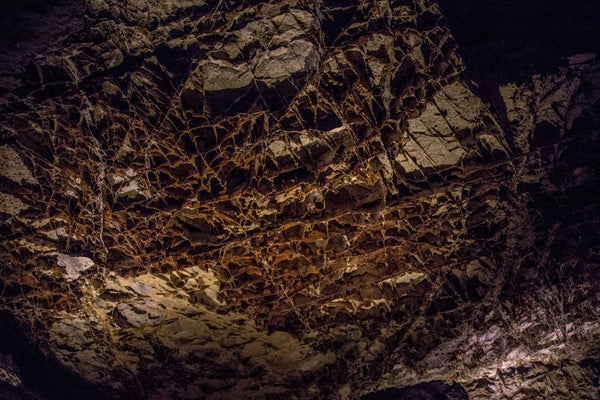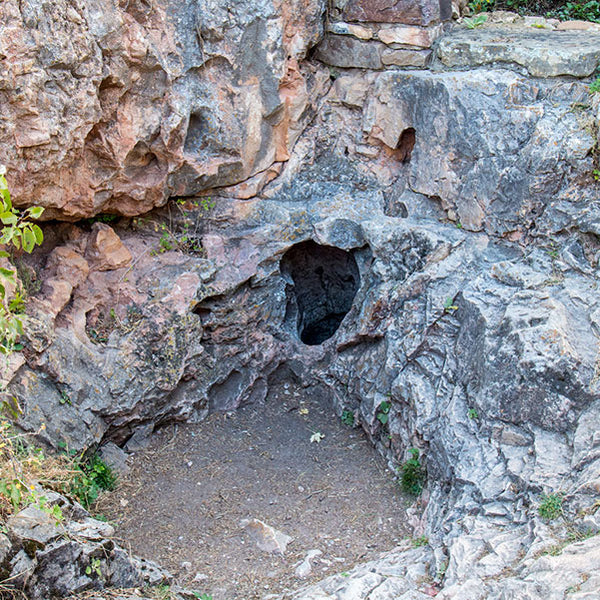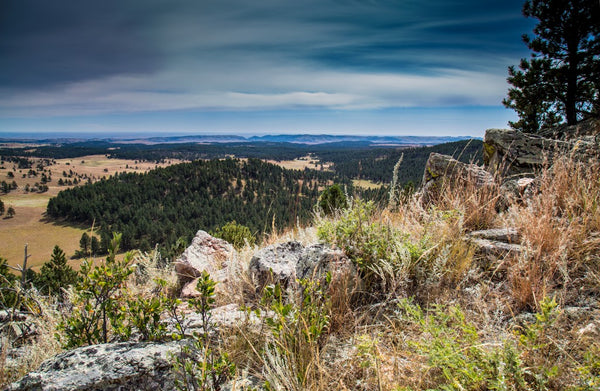White Sand National Park: Like No Other Place Else on Earth
At White Sand Dunes National Park, great wave-like dunes of gypsum sand engulf 275 square miles of desert and preserves a piece of New Mexico's unique geology. In fact, the gypsum dune field is the largest of its kind on Earth. Gypsum is rarely found as sand because it dissolves in contact with water. But, the isolation and weather patterns of the Tularosa Basin creates a truly unique experience for intrepid park explorers. Visitors can hike, enjoy ranger-led educational programs and even try sand sledding! White Sands was established as a national monument in 1933 and re-designated as a national park in December, 2019.
Exploring White Sands National Park by Car
Dunes Drive is an eight-mile scenic drive that leads from the visitor center into the heart of the gypsum dunefield. The 16-mile round-trip drive takes approximately 45 minutes. You will want to allow additional time to explore the dunes, take photos, and/or learn about the natural and cultural history of the world's largest gypsum dunefield. Along the road, you will find outdoor exhibits, hiking trails, picnic areas and parking areas.
The first five miles of Dunes Drive are paved and the last three miles are a hard-packed gypsum sand road. The road is suitable for cars, motorcycles, recreational vehicles, and buses.
Missile Tests and Road Closures
From time to time, White Sands Missile Range performs missile tests that may close Highway 70 to traffic. Depending on the nature of the testing, Dunes Drive may also be closed during missile tests for visitor safety. During these times, the visitor center remains open. Visitors are invited to view the museum exhibits, watch the 17-minute orientation film, and peruse the park store and gift shop while Dunes Drive is closed.
Weather
Weather conditions can change drastically—from sudden downpours to dust storms. The road can be slippery when wet, especially during the winter. It may also be harder to spot frozen water. For your safety, decrease your speed and brake gently to avoid skidding. Dust storms can drastically reduce visibility. Do not drive during a dust storm.
Hiking the Dunes
There is no better way to experience the unique landscape of White Sands National Park than by venturing out onto any of our five established trails. Explore the dunes and enjoy the silence and solitude of the dunefield with its stunning views of the surrounding mountains. The trails vary in terms of difficulty and scenery. Plan ahead to ensure you have a great and safe hike.
Each trail is marked with a specific colored post (i.e., green, blue, orange, or red) and a symbol (i.e., hearts, clubs, spades, or diamonds). You should familiarize yourself with these colors and symbols to help orient yourself to the trail before you start your hike. This information will be critical if you become lost.
Interdune Boardwalk

The Interdune Boardwalk is fully accessible for people using wheelchairs and strollers. Take an easy 0.4 mile round trip stroll through the dunes and learn about the science, geology, plants, and animals that make White Sands an unequaled natural wonder. The boardwalk is a great place to take a break under the shade canopy, listen for bird calls, observe lizards and enjoy the wildflowers.
Playa Trail
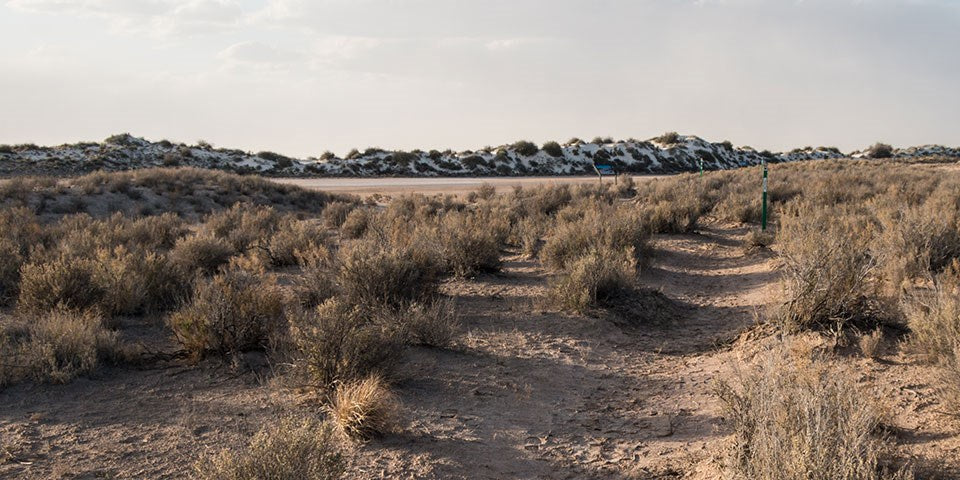
The Playa Trail is an easy, 0.5 mile round-trip, level trail with outdoor exhibits along the way to help you learn and explore this trail and the characteristics that make it special. On this self-guided trail, you will discover the importance of a playa undergoing constant change. Learn how this change creates habitats for plants and animals. It may be brown, white, filled with water, or have growing crystals. See what the playa looks like today! At the end of the trail, you have the opportunity to travel back in time and see what this area looked like 10,000 years ago and learn about the giants that once roamed this land.
Dune Life Nature Trail

The Dune Life Nature Trail is a moderate, one-mile self-guided loop hike. Though not difficult, this hike does require hikers to climb two steep dunes with loose sand. Follow the blue trail markers with a club symbol. Meet Katy the Kit Fox and learn about her friends on this family-oriented trail. Look for tracks of the animals that call these dunes their home. Kit foxes, badgers, birds, rodents, and reptiles all live in this area.
Backcountry Camping Trail

The Backcountry Camping Trail is a moderate, 2-mile round-trip hike. Though backpackers hike the trail most frequently, it is also open to visitors who want a shorter hike through the heart of the dunes. Follow the orange trail markers with a spade symbol into an area of beautifully varied dunes and vegetation. The trail requires hikers to climb over several steep dunes and loose sand. There is no shade, no water, and no toilet facility along this trail.
Alkali Flat Trail
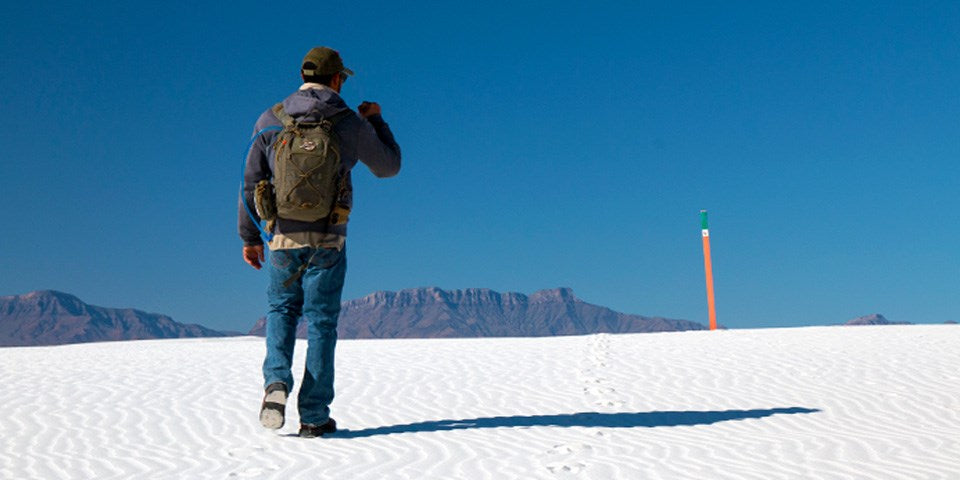
The Alkali Flat Trail is a strenuous, 5-mile round-trip hike. Follow the red trail markers with a diamond symbol. The Alkali Flat Trail skirts the edge of what is now the final remnant of Lake Otero. This trail is not flat! You will be hiking up and down dunes the entire way. Go only if you are prepared. There is no shade, no water, and no toilet facility along this trail.
Native Plant Garden Trail

Although White Sands is located in the arid Chihuahuan desert, it is also a place of amazing life and diversity. Learn about some of the native plants of the Chihuahuan desert by taking a walking tour of our native plant garden located in front of the visitor center.
The best time for touring the native plant garden is from mid-March through late November. Many plants are dormant during the winter months. Most wildflowers begin blooming around the middle of April. Soaptree yuccas are the star of the spring flowers and typically blooms in late April through May. Some plants may continue to bloom throughout the summer, such as the Colorado four o' clock. Many plants, including the ocotillo, burst into bloom after monsoon rains. Fall colors can begin to appear as early as October and last through November. This is the time when the Rio Grande cottonwood trees begin to turn a beautiful orange and the skunkbush sumac start to turn a vibrant red.
Bicycling
Bicycling at White Sands is truly a unique experience—nowhere else in the world can you ride a bike on a hard-packed gypsum sand road through the heart of an immense gypsum dunefield! This distinctive experience requires one to be prepared and alert.
What kind of bike is best for Dunes Drive?
Rangers are frequently asked this question, and the response is, "It depends." The answer typically depends on the condition of the road. Dunes Drive is eight miles one-way. The first four miles are paved, and the rest of the road is hard-packed gypsum sand. Dunes Drive will frequently have a rough "washboard" surface, potholes, and sand drifts. These hazards make riding a bike on Dunes Drive challenging. Experienced riders on mountain and city/beach cruiser bikes with wide tires should be able to handle the varied road conditions and hazards. Road bikes with skinny street tires are not recommended on the sand-portion of Dunes Drive.
Sand Sledding

Sledding on the beautiful soft sand at White Sands National Park is a popular activity and great fun for children and adults alike. Unlike snow, sand is not slippery and sledding down the face of a dune can take some practice unless you have the correct equipment, know proper techniques and use safety precautions.
Waxed plastic snow saucers work best and can be purchased at the park's gift shop. Please call the gift shop at 575-479-1629 before arriving to confirm the availability of sleds. You may also bring your own sleds. Choose a dune with a gently sloping face and a level run-off at the end so that you can come to a halt safely. Be aware of where the dune slope meets the desert floor. While the dune sand is soft, the area at the base of the dune can be very hard, and unintentional injuries are surprisingly common. Make sure the sledding path does not cross the roadway or parking areas and is free from hazards such as vegetation, hard clumps of sand, or other obstructions.
Photographing the Dunes
With the shifting light, shadows, and truly out-of-this world landscape make White Sands a photographer's paradise. You do not need an expensive camera to capture the beauty of the dunes. Great pictures, however, require the same techniques and way of looking at things that pros have learned.
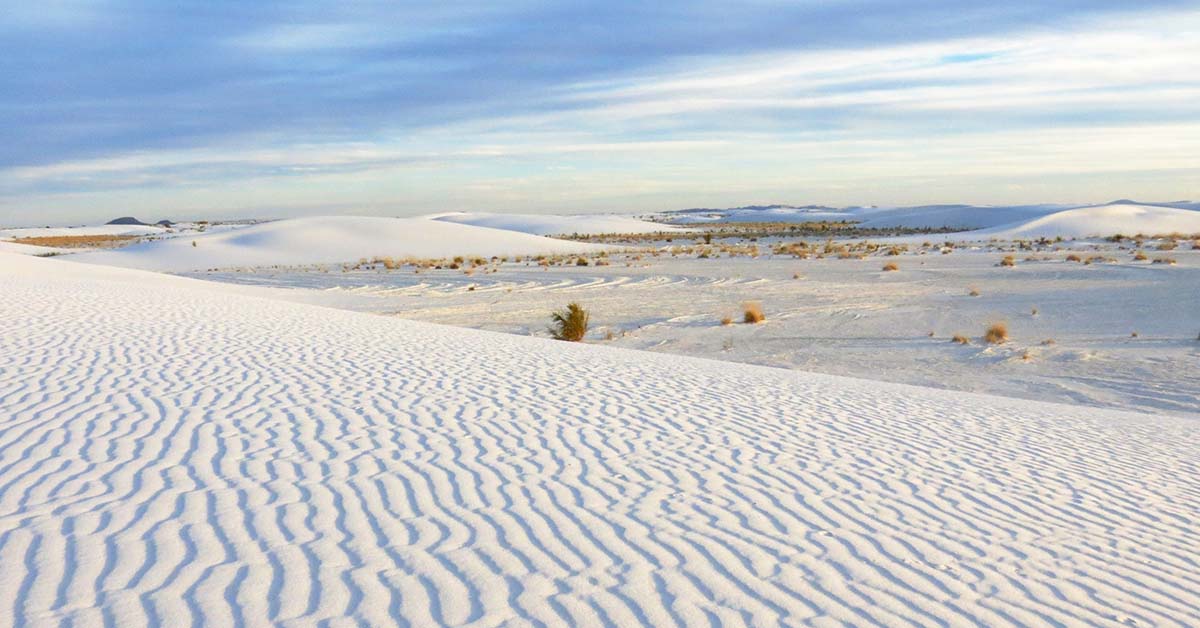
Every day at White Sands National Park will be different. Sometimes there are crystal clear views of the surrounding mountains and sometimes awesome cloud formations that change hues by the minute. The Sacramento Mountains to the east are especially beautiful just after the sun dips below the horizon where they are bathed in a pink afterglow.
If you see a good photo, take it. Don't get so wrapped up in all the technical aspects of taking the photo that you miss the opportunity. Go out, have fun, enjoy the dunes and remember "leave footprints and take only pictures."
Here are some things to consider:
- Hike to the top of the tallest dune around and take in the bird's eye view. The tallest dunes are toward the end of Dunes Drive near the Alkali Flat trailhead.
- Drop to your knees and look up. Yuccas against the sky and the delicacy of dune grasses are especially interesting from a low angle.
- The patterns left in the sand by grasses and leaves blown by the wind are fascinating. Sometimes you will find the tiny tracks of a darkling beetle just waiting to be recorded, and sometimes you'll find the actual beetle. The interdunal areas are great places to find animal tracks and rugged, gnarly plant growth.
- Most beginners tend to center objects and include the entire object in the frame. However, you'll end up with a more interesting photo when you shoot slightly off center and occasionally only include half of the object or two-thirds of it in the frame. This results in an unexpected look for the photo and in interesting composition.
- Placing a plant or rock in the near foreground of your photo will help the viewer see the scale and distance in your photograph. Give the viewer an object which will help them understand size and distance of your intended subject.
The most important thing to remember is that the photographs you take are your own view of the subject and you have recorded these images for your own enjoyment.Taking good photographs is a way to record your memories of White Sands and other places you visit and to share those memories with family and friends.
A Bit of Trivia
White Sands National Park has been featured in a variety of films, including Four Faces West (1948), Hang 'Em High (1968), The Hired Hand (1971), My Name Is Nobody (1973), Bite the Bullett (1975), Young Guns II (1990), King Solomon's Mines (1950), The Man Who Fell to Earth (1976), and Transformers (2007).
Source:
https://national-park-posters.com/blogs/national-park-posters/white-sands-national-park









